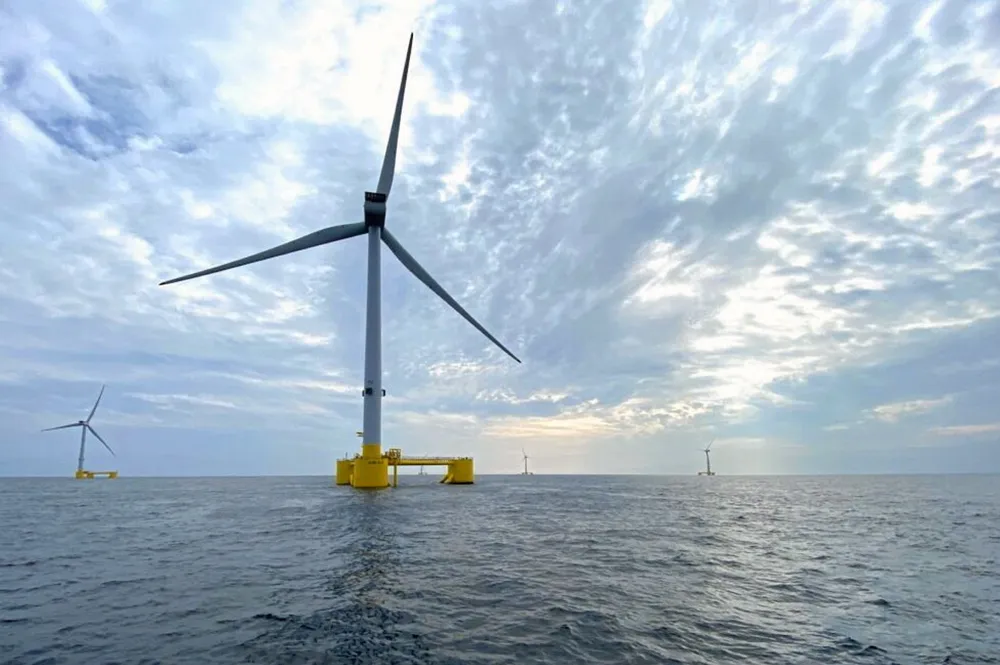New research to focus on making offshore wind less noisy
A lot of data exists on noise from fixed bottom offshore wind farms, but the auditory impact of their floating cousins is less well understood

A new research programme has been kicked off to find out how noisy offshore wind farms are and what can be done to make them quieter.
Experts from Offshore Renewable Energy (ORE) Catapult, a UK innovation centre for offshore wind, will lead work on identifying innovations and best practice in monitoring and mitigating underwater noise from floating offshore wind farms.
They will work with teams from Norway’s Equinor, Canadian scientific consulting services company JASCO Applied Sciences, the Scottish Association for Marine Science and Edinburgh-based underwater noise modelling experts Xi Engineering.
Underwater noise is a key consideration of the environmental impact assessment process for floating offshore wind developments.
Noise from offshore wind turbines can change the natural soundscape of marine environments, causing behavioural changes, physiological stress and even hearing impairment or injury to marine life.
But while the industry has “gathered significant data banks relating to noise emissions associated with bottom-fixed offshore wind turbines, fewer sources exist for floating offshore wind,” ORE Catapult said in an announcement for the programme today.
The new research programme has been developed to enhance understanding of environmental impacts while promoting a consistent, evidence-based approach to monitoring and mitigating potential risks, said ORE Catapult.
Its work is expected to be completed in 2026.
“This important project will build on our existing body of knowledge, as well as other key industry studies, to deliver this novel research,” said Andrew Stormonth-Darling, principal portfolio manager – floating wind at ORE Catapult.
“The team will harness live operational data from commercial floating offshore windfarms to model an accurate acoustic profile of noise emissions from floating offshore wind turbines.”
The Crown Estate and the Floating Offshore Wind Centre of Excellence, which is run by ORE Catapult, are funding the project.
The Crown Estate’s head of planning and technical for marine projects, Olivia Thomas, said: “As stewards of the seabed, we are committed to fostering responsible development of our offshore environment.”
“Through pioneering solutions to mitigate underwater noise, we are not only de-risking the consenting process for offshore wind developments but also protecting marine wildlife, supporting biodiversity and nature recovery.